This content looks better in portrait mode
ROTATE DEVICE
This content looks better in portrait mode
ROTATE DEVICE
Facing the Sea of Okhotsk, Betsukai is blessed with an abundance of seasonal seafood, such as the large, sweet Notsuke scallops for which the region is known. When looking for the best meal in town, the locals all know to head to a cozy eatery called Suiraku Maruta.
Suiraku Maruta is an izakaya—a casual pub-restaurant—where people come to relax with friends, colleagues, and family members over drinks and shared platters in the spirit of conviviality. Owner and chef Hirotoshi Osumi, who was born and raised in Betsukai, takes great pride in serving up the finest local fare, including Deep Fried Scallops. “This is the most popular dish with our customers, many of whom are local fishermen. We prepare each serving from scratch, after the order is taken,” explains Osumi.


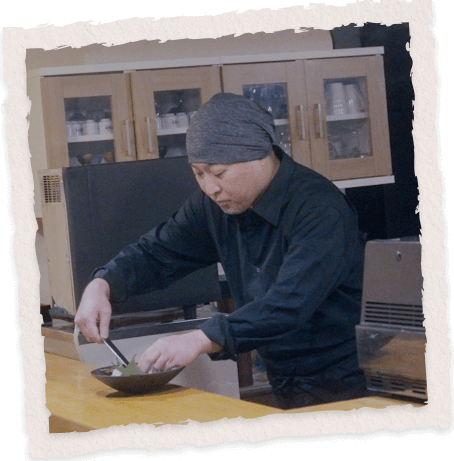


After being fried to golden perfection, the scallops are served with a simple accompaniment of crisp shredded cabbage salad. Some customers dive in right away, preferring their scallops unadorned, while others enjoy them seasoned with a dash of soy or tartar sauce. “Our Deep Fried Scallops suit a variety of condiments, so I recommend experimenting to find your own favorite. In terms of drinks, they pair particularly well with Hokkaido beer,” says Osumi with a smile.
Lacking a “fishy” smell, they are ideal for all ages and palatable even for those who might normally shy away from other types of seafood. Not only do scallops taste good, but they are also low in fat, high in protein and rich in minerals, and contain Omega-3 acids, “healthy fats” which may support heart health.
Sustainably-farmed scallops have the same nutritional value and no notable differences in taste to those caught in the wild. Raising Notsuke scallops involves releasing young mollusks directly into the sea, where they are later harvested using nets. With abundant nutrient-rich plankton, the bays of the Notsuke Peninsula are particularly well-suited for raising scallops. The versatile shellfish are often consumed raw in Japan for sushi and sashimi, but are equally delicious when sautéed in butter and added to pasta or mixed with cooked rice.

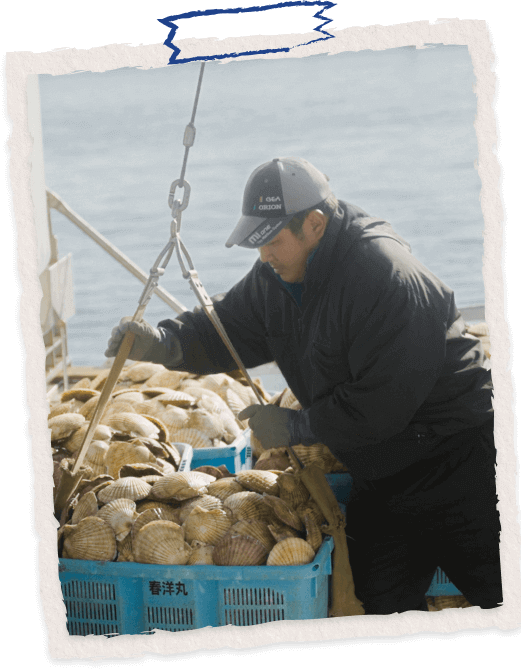
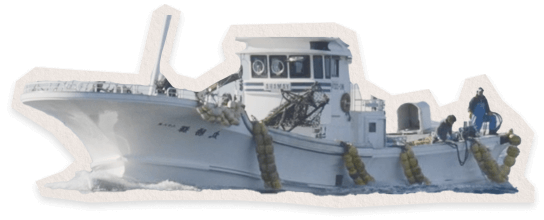
In addition to running his restaurant, Osumi manages Osumi Shoten, a family business which specializes in seafood production, and in recent years, he has also been actively involved in promoting local specialty products.
These scallops, which can grow to the size of an adult’s hand, are the star ingredient in the Betsukai “Jumbo Scallop Burger”—an award-winning entry in a national contest for innovative regional dishes and Osumi’s brainchild.
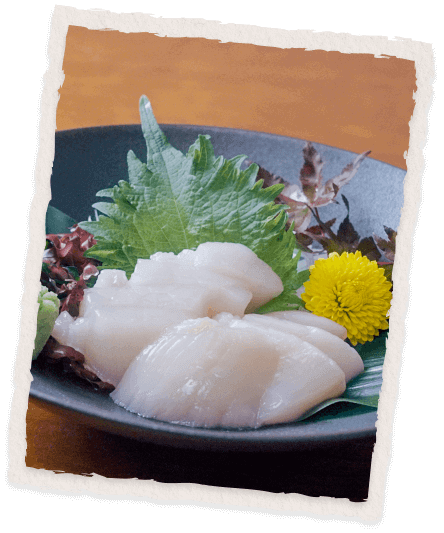
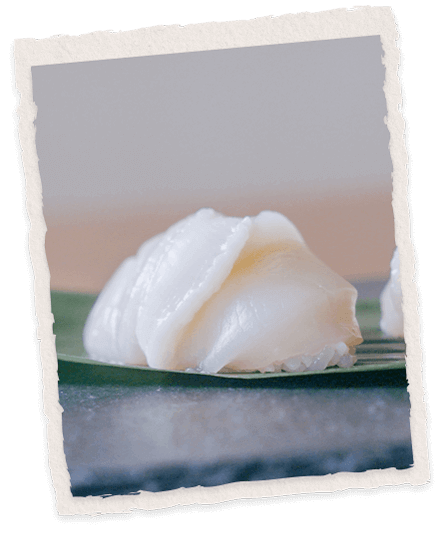
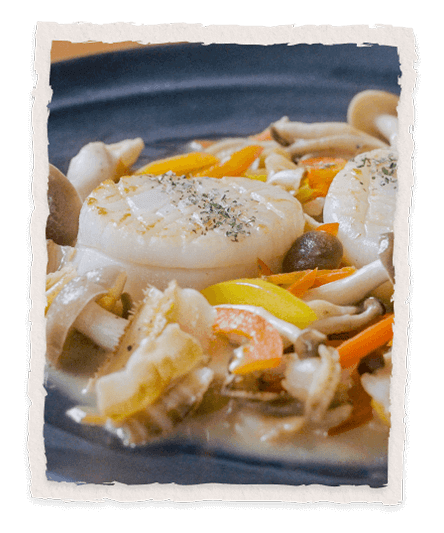
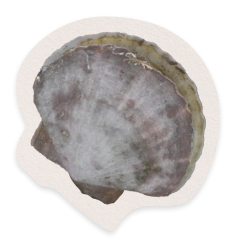
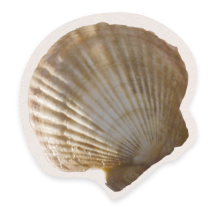
The firm yet juicy characteristics of scallops make them ideal candidates for freezing and exporting. The unprecedented rise of Japanese food culture in recent years, coupled with a growing global trend towards consuming less meat, means that scallops are perfectly placed to meet international tastes. Scallops are one of the top fishery products in Japan measured by volume of harvest, and one of the most popular Japanese seafood exports with sales increasing almost five-fold since 2012.
With ports located very close to the cultivation areas, Notsuke scallops can be swiftly processed, frozen, and sent on their way to markets around the globe. Instantaneous freezing technology ensures that frozen scallops maintain virtually the same taste and texture as those consumed in Osumi’s restaurant, preserving their umami flavor even after defrosting.

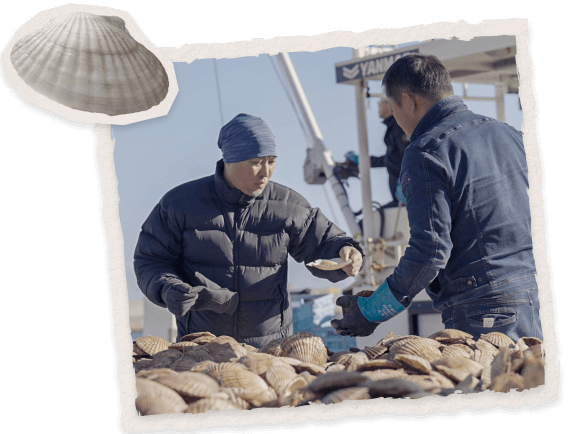
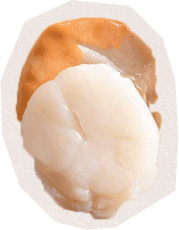
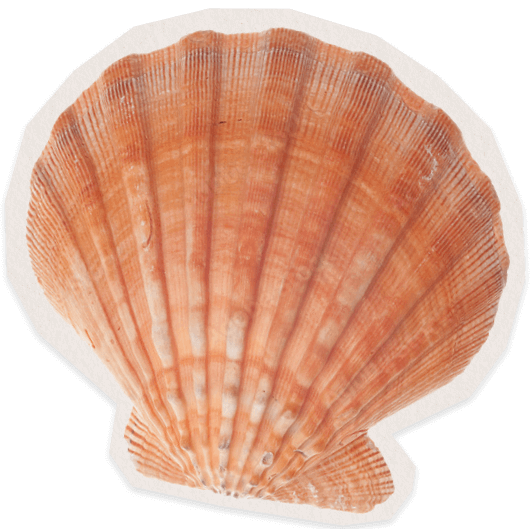
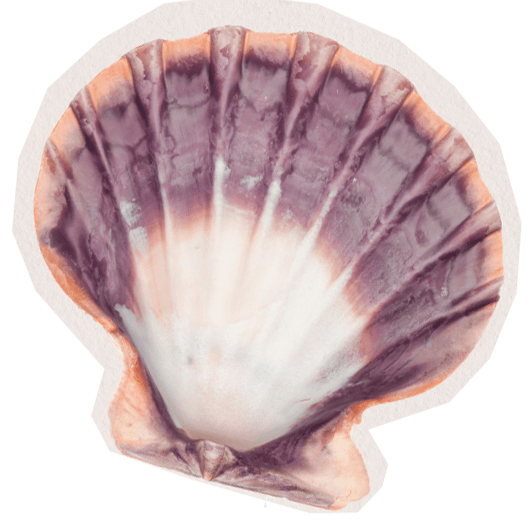


Osumi himself highly recommends trying ruibe, a traditional way of eating raw seafood in Hokkaido. Essentially semi-frozen sashimi, ruibe has a melt-in-the-mouth consistency and is usually eaten with soy sauce and spicy wasabi. “Compared to normal sashimi, it’s sweeter and tastier, which is probably because the juiciness and umami are frozen and concentrated,” he says.